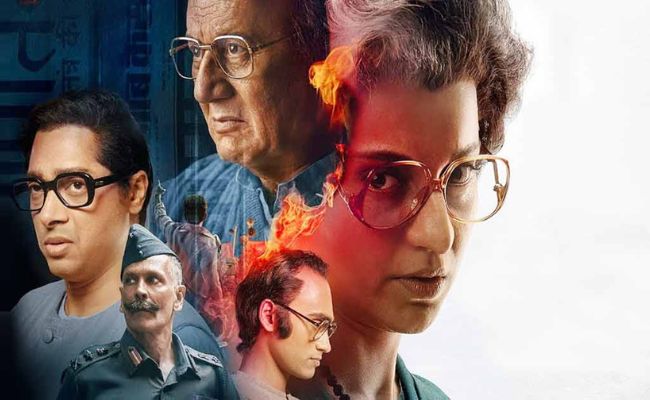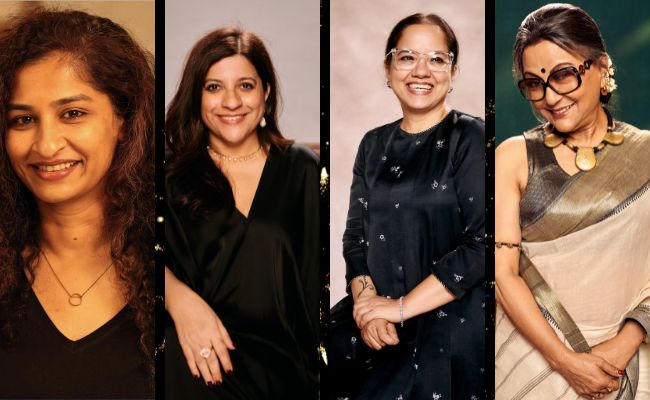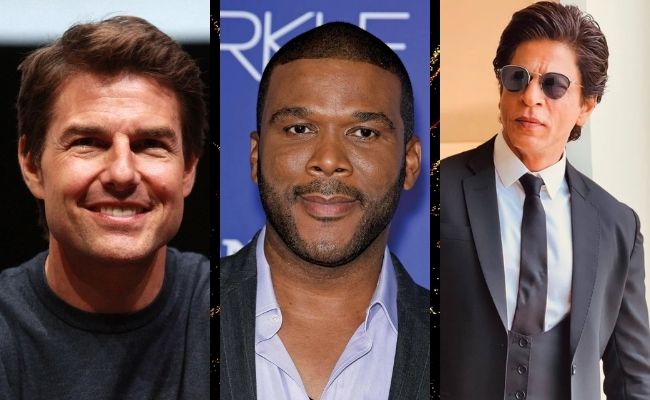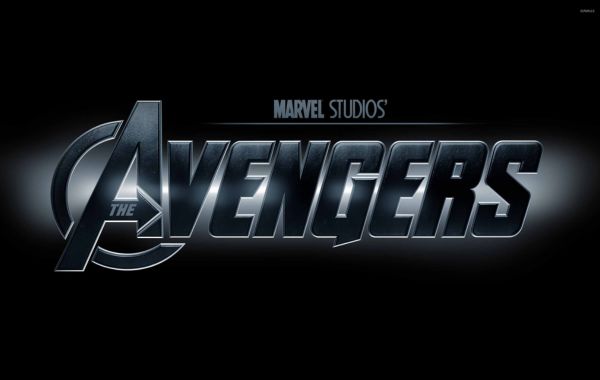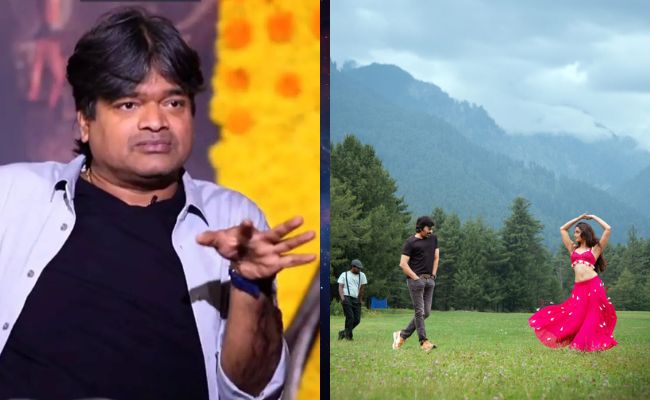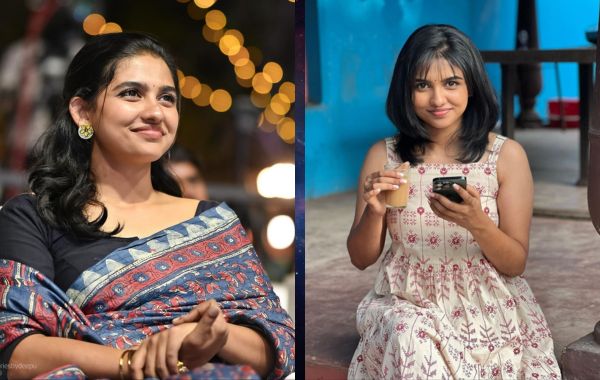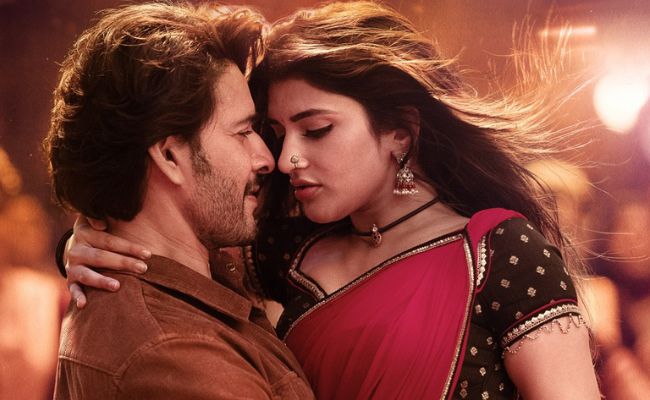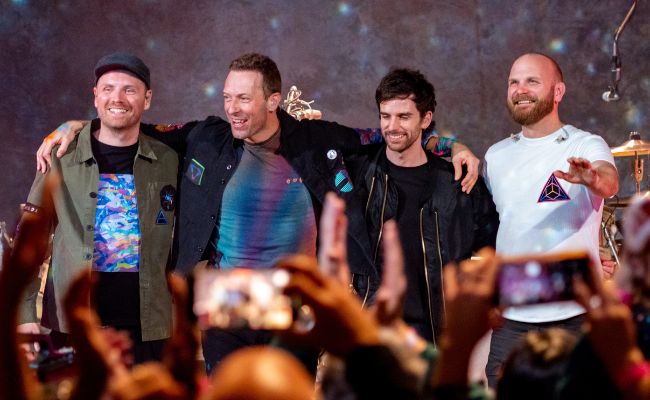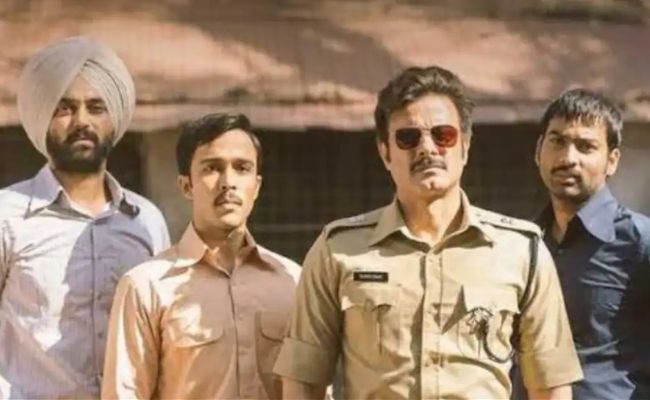What are the Evolution of Diversity in Hollywood Films?
Understand the Hollywood films diversity from beginning.

Over the years, Hollywood has undergone a significant transformation in its approach to diversity and representation in films. From the early days of predominantly white and male-dominated narratives to the present, where diversity is increasingly celebrated and embraced, the evolution has been remarkable. In this blog, we will explore the journey of diversity in Hollywood films, highlighting key milestones, challenges faced, and the positive impact it has had on the industry.
The Early Days: Lack of Representation
In the early decades of Hollywood, diversity was severely lacking in both on-screen representation and behind-the-scenes opportunities. The industry was primarily dominated by white actors, directors, and producers, resulting in a narrow range of stories being told. People from marginalized communities, including racial and ethnic minorities, LGBTQ+ individuals, and people with disabilities, were often excluded or portrayed in stereotypical and demeaning ways. This lack of diversity led to a significant underrepresentation of stories and perspectives, limiting the richness and inclusivity of the cinematic experience.
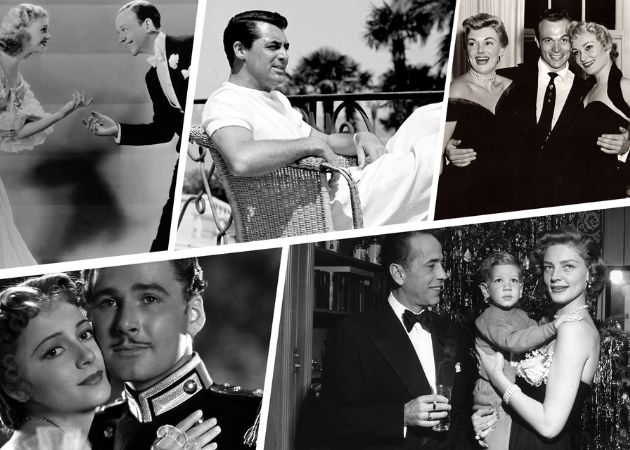
Civil Rights Movement and the Shift
The 1960s and 1970s marked a turning point in Hollywood's approach to diversity, coinciding with the Civil Rights Movement in the United States. As societal attitudes towards equality and representation began to shift, so did the film industry. Filmmakers and actors of color started challenging the status quo and demanding more authentic portrayals of their communities. Films like "In the Heat of the Night" (1967) and "Shaft" (1971) highlighted the experiences of African Americans and broke barriers by featuring black actors in leading roles. This era paved the way for a more inclusive and diverse Hollywood.
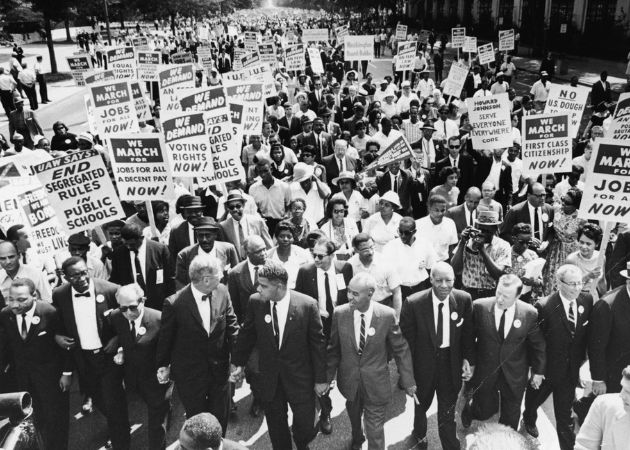
The Rise of Independent Cinema
In the 1980s and 1990s, the independent cinema movement played a crucial role in promoting diversity and representation. Independent filmmakers, often with lower budgets and more creative freedom, embraced stories that celebrated the richness of different cultures, races, and identities. Films like "Do the Right Thing" (1989) and "Boyz n the Hood" (1991) brought the experiences of African Americans to the forefront, while "My Beautiful Laundrette" (1985) and "Bend It Like Beckham" (2002) explored the struggles and triumphs of South Asian communities. These independent films became critical and commercial successes, challenging the mainstream Hollywood model and influencing the industry to embrace diversity.
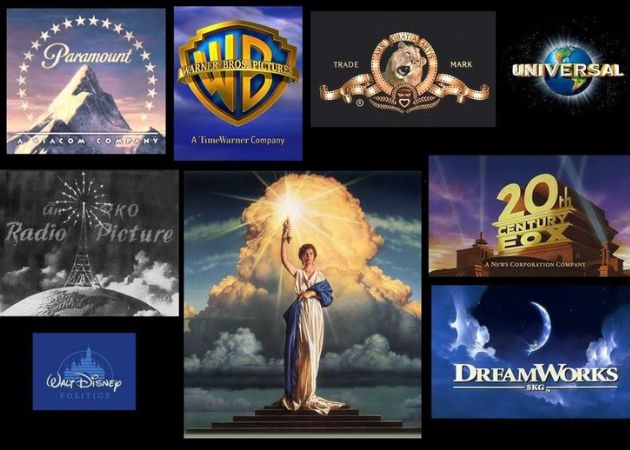
The Impact of Globalization
As the world became more interconnected through globalization, Hollywood recognized the importance of catering to a global audience. Films with diverse casts and international storylines gained popularity, breaking box office records and proving that diversity could be commercially successful. Movies like "Crazy Rich Asians" (2018), "Black Panther" (2018), and "Parasite" (2019) showcased the power of representation and the demand for stories that reflect the global population. This shift not only increased the visibility of underrepresented communities but also fostered a sense of belonging and empowerment among viewers worldwide.
The Push for Inclusion and Authenticity
In recent years, there has been a growing push for authentic representation and inclusion in Hollywood. Filmmakers, activists, and audiences have been vocal about the importance of casting actors from marginalized communities in roles that accurately reflect their lived experiences. The success of films like "Moonlight" (2016), which explored the life of a young black man grappling with his identity and sexuality, and "Roma" (2018), a deeply personal story set in Mexico, demonstrated the power of authenticity in storytelling. Hollywood has responded by actively seeking diverse talent, both in front of and behind the camera, and supporting films that challenge stereotypes and amplify underrepresented voices.
Challenges and Continued Progress
While progress has been made, challenges persist in Hollywood's journey towards true diversity and representation. Systemic biases, lack of opportunities, and the perpetuation of stereotypes still hinder the industry's efforts. However, organizations like the Academy of Motion Picture Arts and Sciences have taken steps to address these issues, introducing inclusion and diversity criteria for Oscar eligibility. Movements such as #OscarsSoWhite have also shed light on the need for greater representation and sparked important conversations about inclusivity in Hollywood.
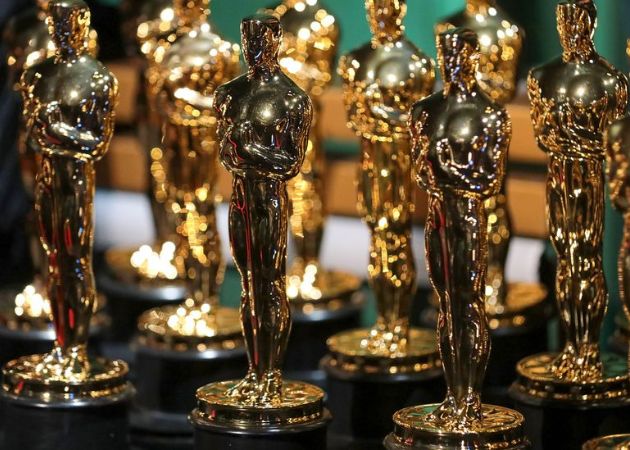
The evolution of diversity in Hollywood films has been an inspiring journey, marked by significant milestones and transformative changes. From a lack of representation to a growing recognition of the power and importance of authentic storytelling, Hollywood has come a long way. Films that celebrate diversity not only enrich the cinematic landscape but also create a sense of belonging and understanding among audiences worldwide. While challenges persist, the progress made in recent years demonstrates a positive trajectory towards a more inclusive and representative future in Hollywood. As viewers, it is essential to continue supporting and championing diverse voices, ensuring that the evolution of diversity in Hollywood films continues to thrive.



